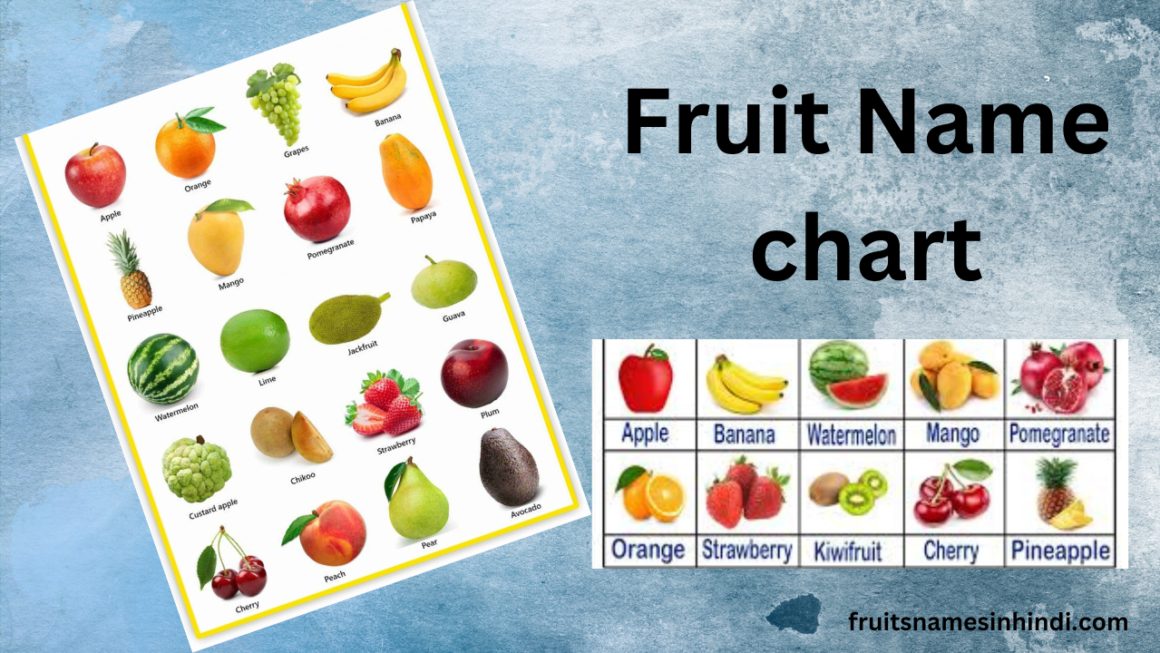Introduction to Scientific Names of Fruits:
In the discipline of botany, the accurate identification and naming of plants, including fruits, are of paramount importance for their proper classification and categorization. The 50 botanical names of fruits, we employ typically originates from Latin, Greek, or other widely recognized languages, ensuring clarity and understanding across the global community. This makes it simple for scientists and folks in horticulture to talk about different plants and species without getting lost in translations.

Importance of Scientific Names of Fruits
Scientific names are fundamental for multiple factors:
Consistency: It is important to know that there may be significant differences even in the names of fruits in different languages and regions. Therefore, the term ‘papaya’ in the English language will be termed as ‘પપૈયા’ in Gujarati speaking population. Scientific names help to overcome this problem since any object has a unique name that is accepted all over the world.
Precision: A scientific name is unique to each species, effectively preventing confusion with others. This precision is essential not only for research purposes but also for the conservation of species and the cultivation of crops.
Classification: The scientific classification of animals and plants serves as a reflection of their evolutionary relationships. This classification system is instrumental in scientists elucidating the genetic and ecological connections among various species.
Overview of 20 Scientific Names of Fruits with Pictures:
This system assigns each species a two-part name:
Genus: The initial component of a species name, always capitalized, designates the genus to which the species belongs. The genus is a taxonomic category that unites closely related species, thereby enhancing our understanding of their shared characteristics and evolutionary relationships. This classification system is essential for advancing our knowledge in the field of biology.
Species: The second part, which is not capitalized, differentiates the species within that particular genus. This part of the name is specific to a particular species of the plant.
It is through the scientific names that one can be in a position to understand the variation and the interrelations of fruits in the plant kingdom. It is not only the improvement of our scientific knowledge but also for conservation, agriculture, and horticulture research.
10 Scientific Names of Fruits:
Fruits are not just tasty snacks; they’re also super good for you! A lot of folks love eating fruits, but they might not realize how many different kinds, there are or how they can be grouped together? Each fruit has a scientific name, which enhances our ability to identify and study them effectively. Here are some fruits we usually think of as just fruits, along with their scientific names:
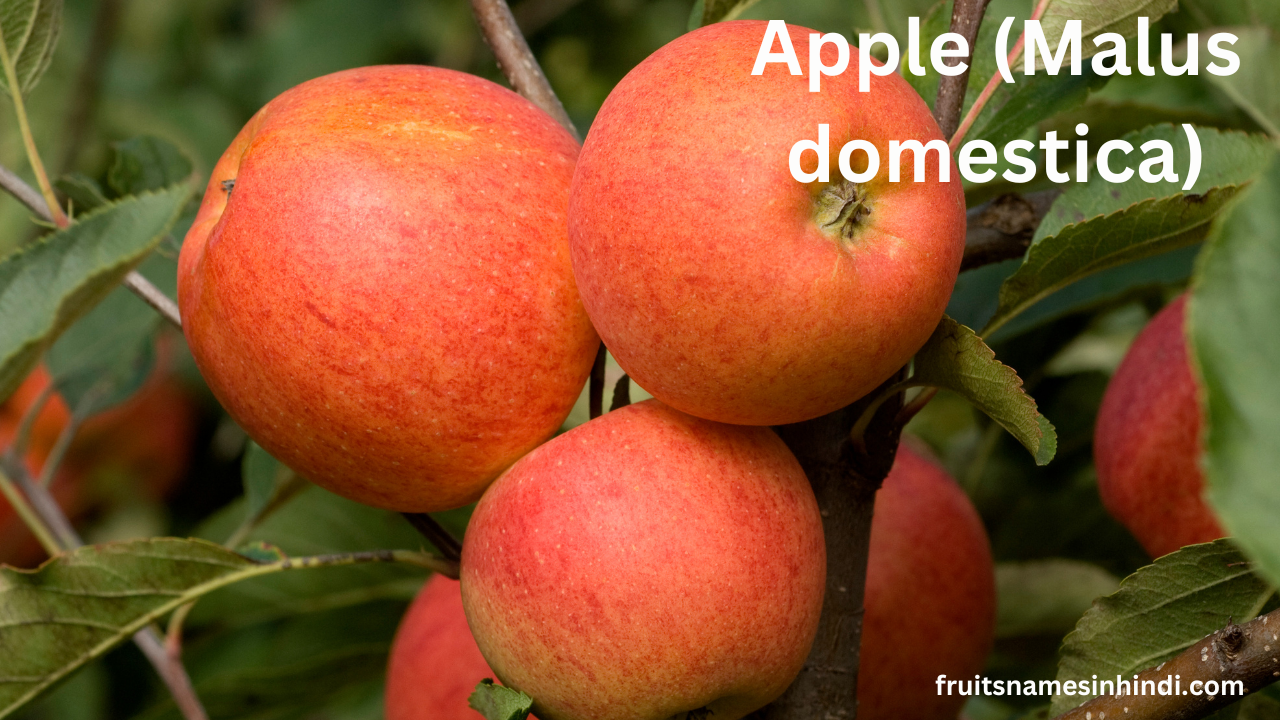
Apple (Malus domestica)
Apple is a fruit with a high consumption rank all over the world, and many people will like it. They are available in different colors, such as red, green, yellow, and so on. Apples can be eaten crudely and utilized in cooking as they are quite healthy.
Banana (Musa spp.)
Bananas are soft and sweet, usually eaten fresh, but they can also be used in different recipes for cooking and baking.
Orange (Citrus sinensis)
Orange is one of the citrus products that individuals love due to their delicious and sweet taste. They can be eaten crudely, taken as juice or utilized in various recipes in culinary readiness.
Mango (Mangifera indica)
Mangoes are renowned for their rich, sweet taste and delicious surface, which is affluent in flavor. They can be eaten crude, mixed or utilized in plates of mixed greens, sandwiches, cakes and other heated items.
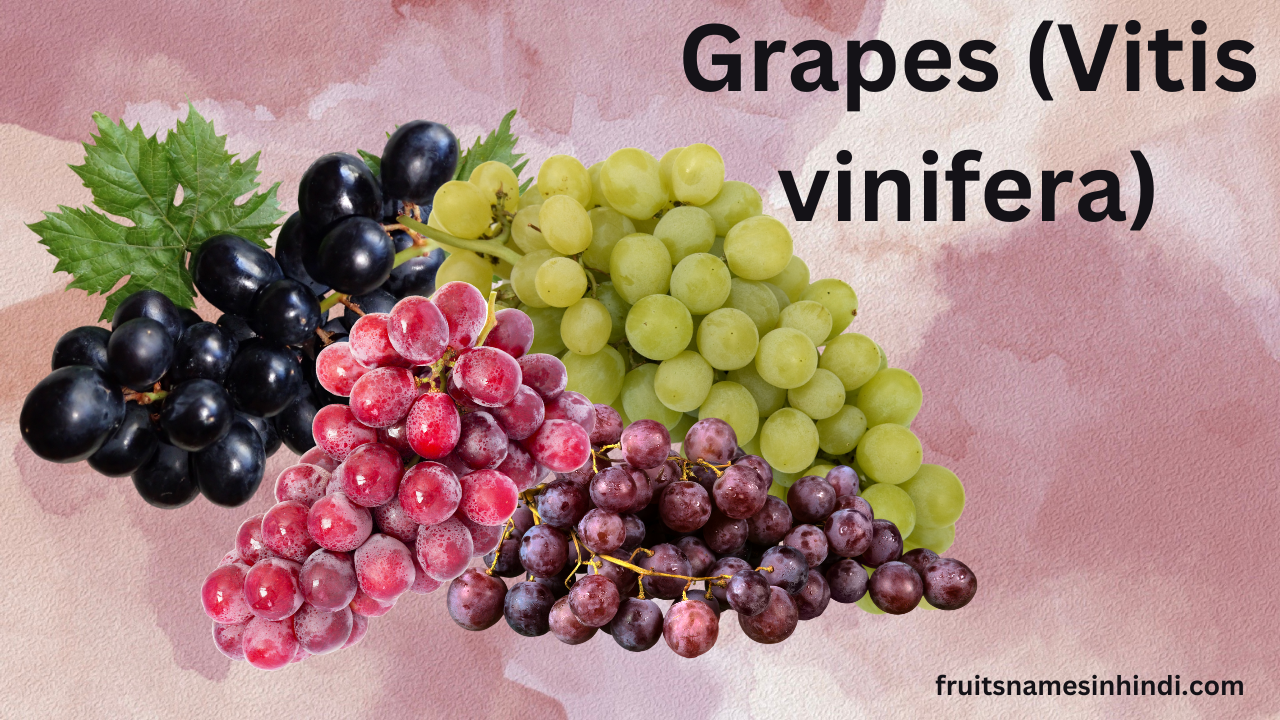
Grapes (Vitis vinifera)
Grapes are small, round fruits known for their sweetness, which are harvested according to their growth patterns on the vine. Figs offer versatility in consumption; they can be enjoyed fresh or dried, used to produce raisins, or crafted into wine.
Tropical Fruits and Their Scientific Names:
Tropical products are amazing and delicious, packed with nutrients and showcasing the rich diversity of nature.
Papaya (Carica papaya)
Papaya fills in the warm climate and is famous for its delicious, sweet taste and fruity orange tone. It is eaten crudely, utilized in servings of mixed greens or can be mixed in to make smoothies or even utilized in making desserts.
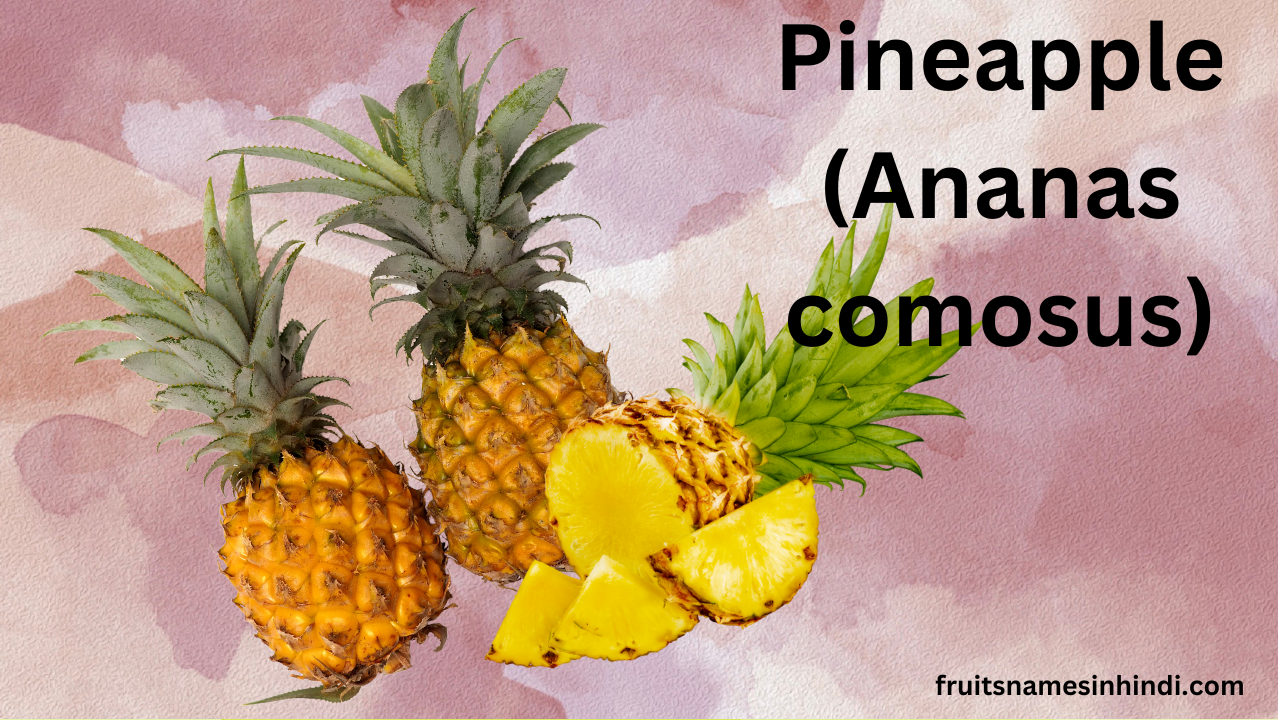
Pineapple (Ananas comosus)
Pineapples offer a unique sweet and sour flavor, which is reflected in their name. They possess robust outer skin while featuring a tender and juicy interior. Pineapples can be consumed fresh, enjoyed as juice, or incorporated into a wide range of recipes, spanning both sweet and savory dishes.
Guava (Psidium guajava)
Guava is sweet and tart, has a charming smell, and is smooth-cleaned and delicate. They can be eaten fresh, made into juices, and used in making jams and jellies. Every part of the fruit is ripe for eating, and the seeds are also good for consumption.
Coconut (Cocos nucifera)
The coconuts are described by their external bodies, water and the delicate white meat inside. They can either be taken new or dried or even as coconut milk or, potentially, coconut oil.
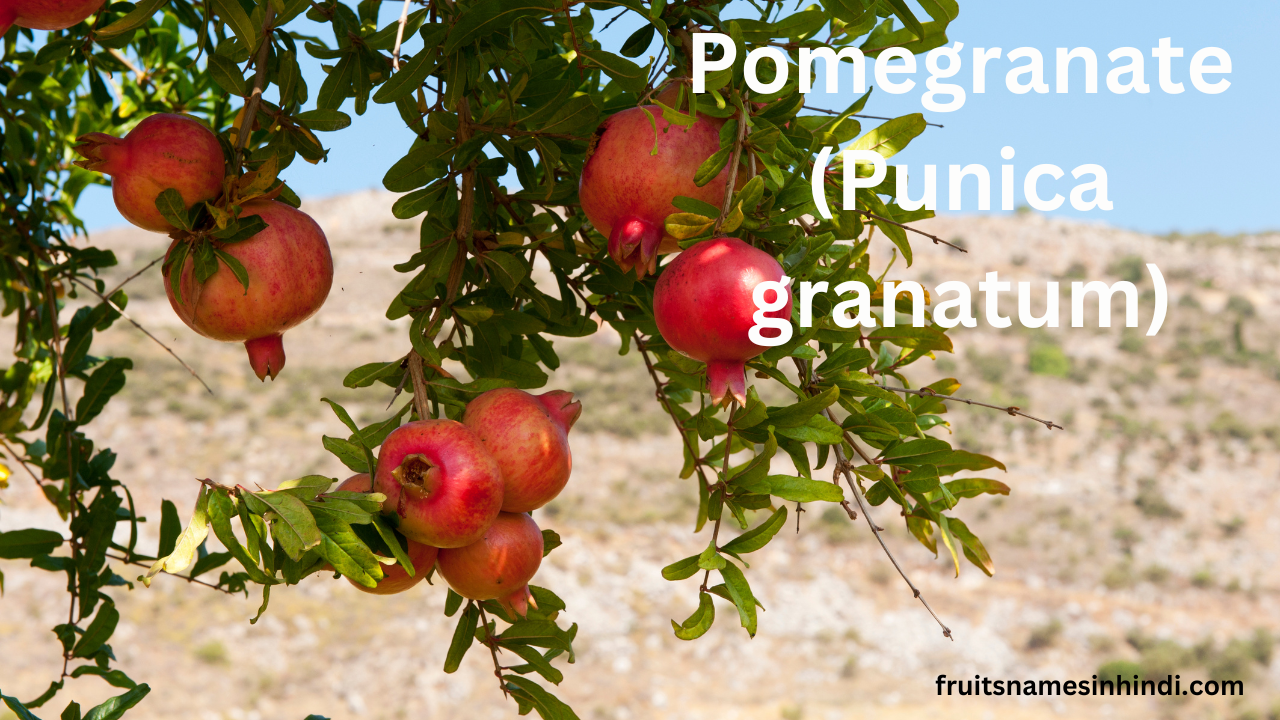
Pomegranate (Punica granatum)
The pomegranate is known for its bright, delicious little seed, which is encompassed by a sac-like construction. It is also known as aril and has a sharp and sweet taste. They can be eaten fresh, extracted juice from them, or utilized in cooking and baking.
Berries and Their Scientific Names:
Berries are small and juicy fruits that include berries. All the types of berries have different scientific terms that assist in their identification and research on the same. It is now the time to describe some of the berries and their Latin counterparts.
Strawberry (Fragaria × ananassa)
It has a delicious surface and an exceptionally sweet taste, and it is red in variety, very much like this organic product. They can be consumed crudely, cooked, and utilized in baking or handled in tough situations, such as jams.
Blueberry (Vaccinium corymbosum)
They can be eaten raw, frozen or used in pastries and shakes.
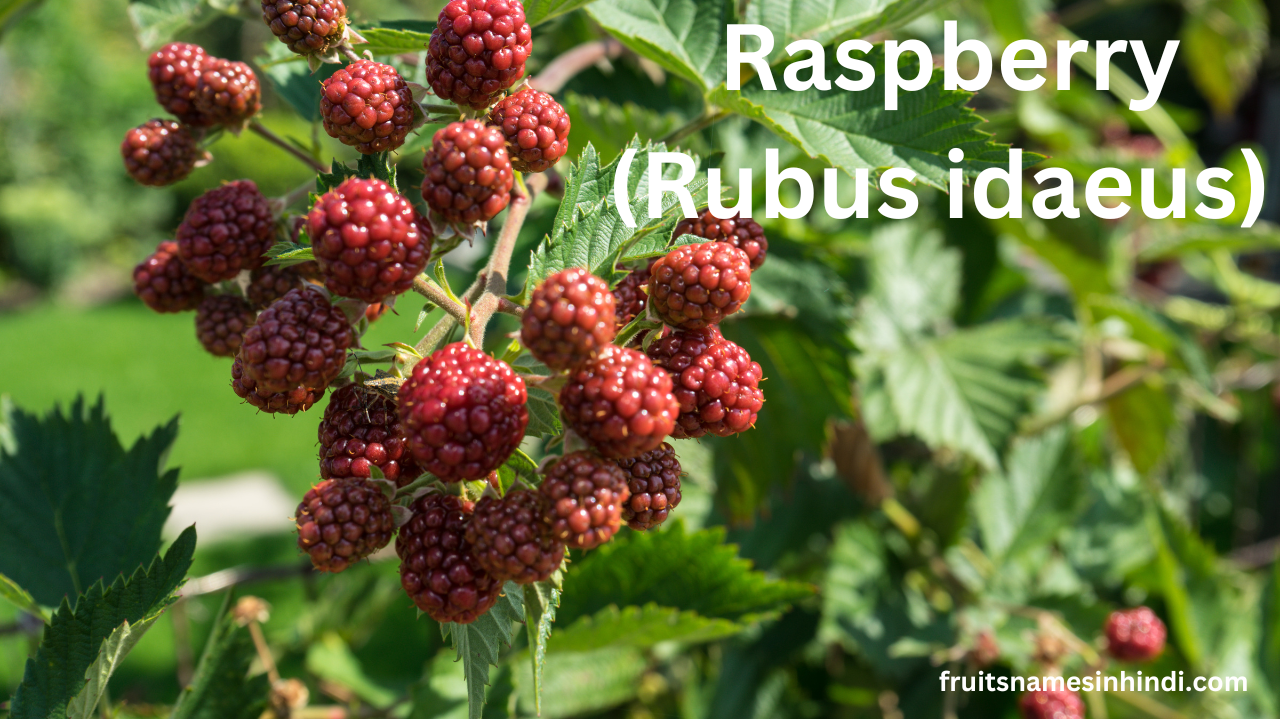
Raspberry (Rubus idaeus)
Raspberries are constantly described by an exceptionally fragile construction and a blend of prepared taste, as well as a dazzling red tone. They can be eaten crudely, utilized in breakfast feasts and mixed greens prepared into baked goods, or handled for jams and sauces.
Blackberry (Rubus fruticosus)
Blackberries are berries that are dim purple to dark shaded with a sweet-tart taste. Blackberries can be consumed crudely or in a treat or safeguarded in the type of dilemmas and jams.
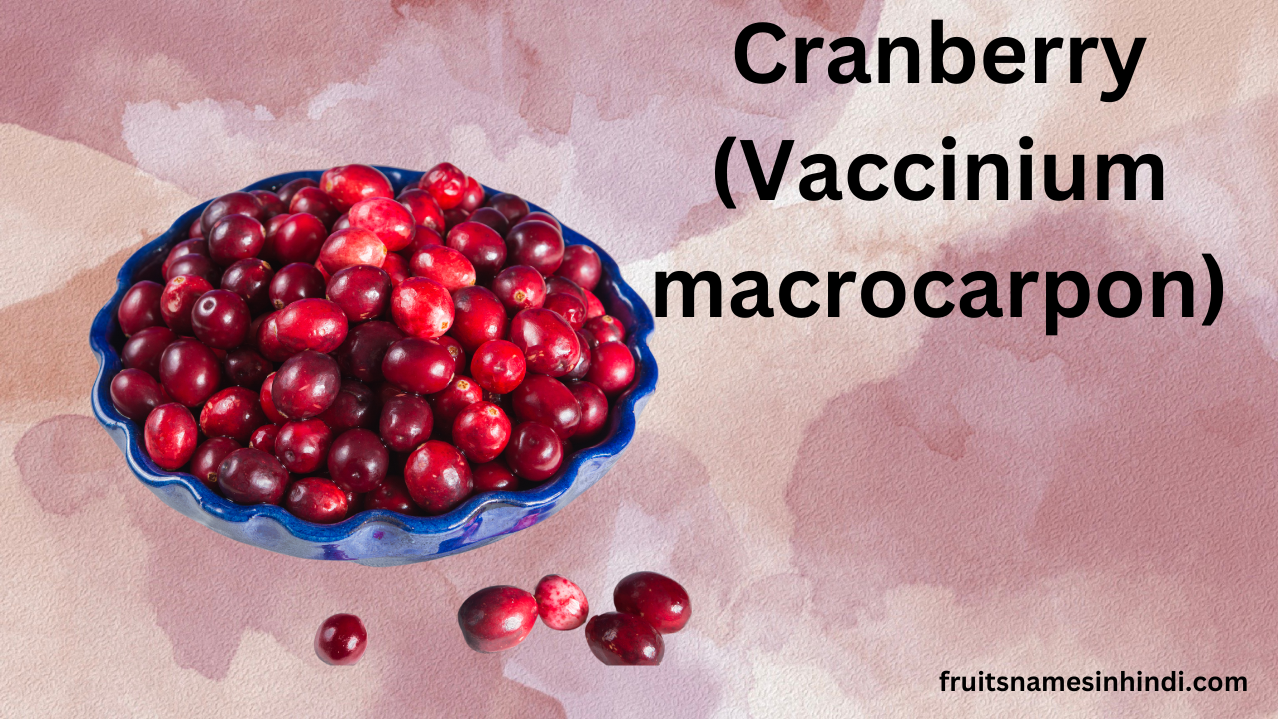
Cranberry (Vaccinium macrocarpon)
Cranberries are little, red berries that are harsh to taste and can be drunk and handled in sauces or squeezed or in dried structure as cranberry snacks.
Conclusion
Acquiring knowledge and utilizing precise terminology is crucial for recognizing the significant benefits that soil connections provide within the realm of plant biology. This understanding enhances our analytical capabilities and actively supports important initiatives in conservation, agriculture, and horticulture, thereby fostering sustainable practices.

